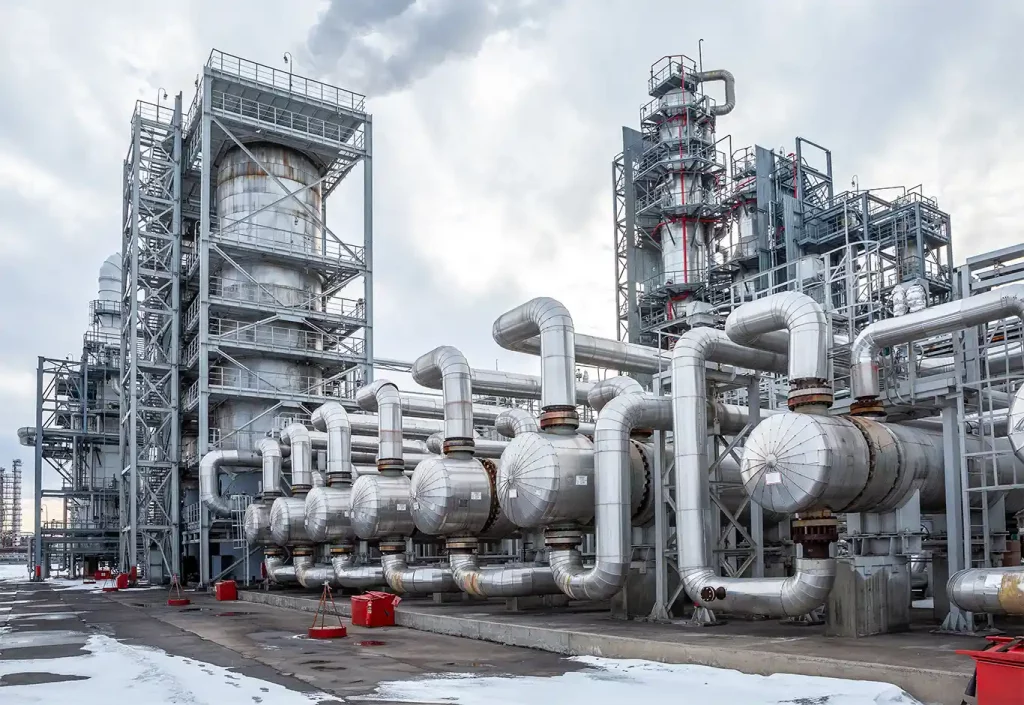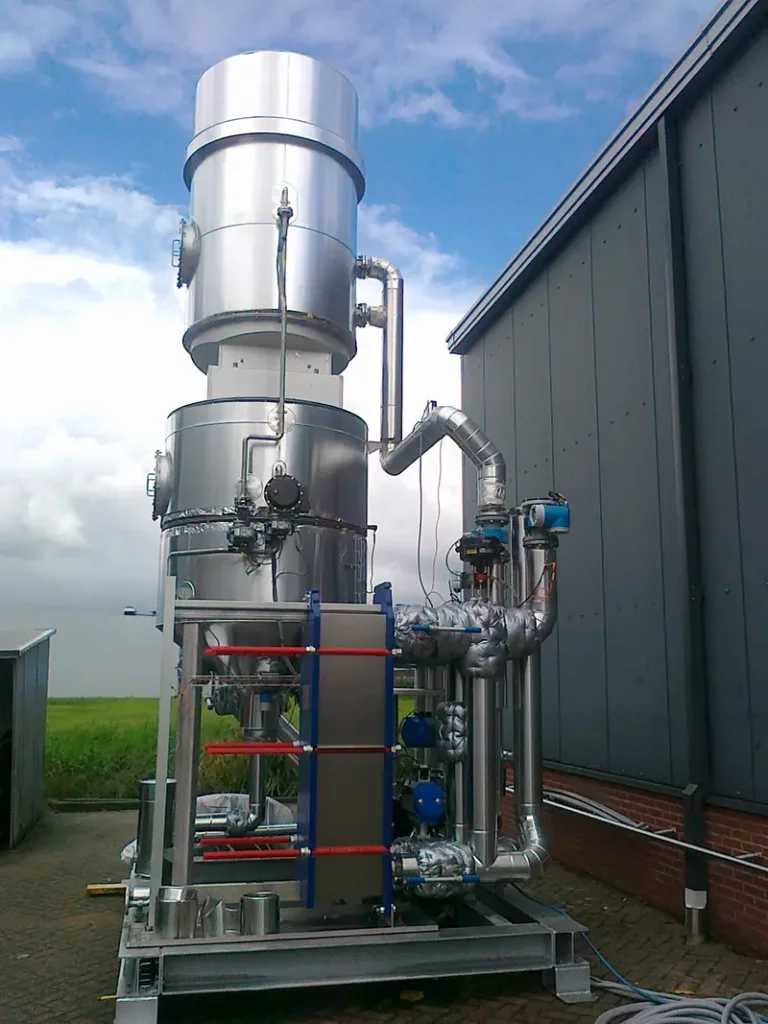Optimization of your production processes is key in reaching the EU 2030 GHG targets. Manufacturing industries account for 26% of the total energy consumption within the EU. Almost half of this energy is lost!
The dominant loss is in LowTemp/MedTemp exhaust gas and effluent streams. This makes the question ‘How to upgrade and reuse these energy streams’ no longer can be ignored. This webinar lets you explore further on new R&D concepts for exhaust gas energy recovery.
Watch this webinar and learn more about the possibilities you can pursue to maximize your site’s operations.
Main Topics Covered
- Energy statistics (source EU) and the potential of transferring Energy usage for your plant.
- JOA Learnings from a decade of HighTemp Energy recovery projects translated into LowTemp/MedTemp energy upgrades.
- Technology overview of LowTemp/MedTemp energy upgrade opportunities in Cooling and Heating.
- Use case of Waste Heat upgrades absorption system integrated in production processes
- GHG shop survey and modeling to prioritize opportunities, including ROI range indication vs. system life time.
Speakers:
After this webinar, you have learned more about how to reduce and recover energy at your site by effective air filtration. A replay will be made available for all registrants.
If you have any questions regarding the webinar, do not hesitate to contact us.
Questions asked during the webinar:
A: We frequently see storage solutions are useful options when large variations are present, as this is typically the same for the consumers. To look at this more profoundly, more details of the process will have to be known. For example, the heat content or temperatures involved with the HC fluctuation.
A: Yes, we have a holistic approach with our feasibility studies. Surely, we also involve emission requirements. Basically, emission control is one of our main focal points and often energy recovery, including temperature reduction, is beneficiary for this. In many cases they will go hand in hand. Besides Emission Control, also Energy Recovery and Reduction, Explosion Safety, Increasing Productivity and creating Healthy Work Environments, are top priority for JOA.
A: We surely have experience within this temperature range. Success depends on e.g. humidity values, latent heat, available consumers and acceptable Return on Investments.
A: Yes, we have experience in this industry. Our track record covers clients from multiple industries including the Food, FMCG, Chemicals and Pharmaceuticals. Within the food, some products include Potatoes, Starch, Sugar, Ingredients, Milk Powder, Flower, Petfood and more.
A: This very much depends on the situation and material selection is key in this matter. If we would for example take a source of 150-200°C with acid dewpoint along the cooling trajectory an application with heat resistance thermal conductive Phenolic coating could be a good option. Corrosion for specific applications are reviewed case by case.
A: An adsorption chiller single stage application has a typical COP of 0.7-0.8. Double stage adsorption chillers have a COP of >1. It depends on the input temperatures whether a double stage can be applied.
A: We have been dealing with high grade heat for decades at JOA. Some examples include steam generation. In the coming years we expect a lot of recovery / reduction opportunities in the Low & Medium grade waste heat field, due to the losses that are currently made every day.
A: Next to direct consumers, we also investigate storage opportunities. If no consumers are available, we will investigate other surrounding sites / plants in the proximity to collaborate with. It all starts with assessing the source and having an open mind for the consumers. Often, many opportunities are being overlooked.
Did you not find your answer here?
Please ask your question by using our Chat function


